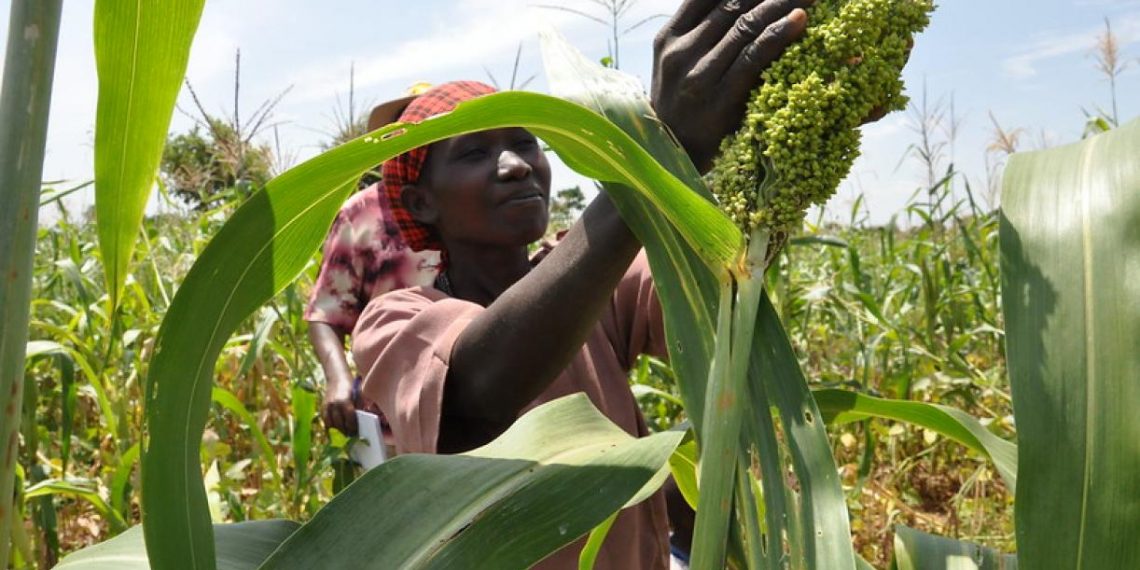The recent Intergovernmental Panel for Climate Change (IPCC) report on Impacts, Adaptation and Vulnerability makes it clear that the world is already experiencing irreversible damage to natural and human systems with just 1.1 degrees C of warming. Impacts will only worsen with every tenth of a degree of additional warming. Even more ominously, it also finds that, in all regions, vulnerable populations and ecosystems are beginning to see limits to adaptation.
But amidst this distressing news, the report also points to observable progress on adaptation planning and implementation, and details how we can accelerate adaptation to meet the challenges of climate change. A key question is: How do we translate IPCC science into action that advances adaptation progress and achieves a climate-resilient world?
During March and April 2022, the Adaptation Action Coalition (AAC) convened a four-part webinar series, Turning Science into Adaptation Action, to help answer this question.
The series began with IPCC Working Group II (WGII) co-chair Dr. Debra Roberts providing an overview of the report’s key findings. She acknowledged that although, “there are increasing gaps between adaptation action taken and what’s needed,” there are also, “feasible and effective options we can take to reduce the risks to people and nature.” These options were elaborated upon by stakeholders including ministers, practitioners, and high-level climate champions.
Here are three key messages they shared:
1) Because climate, ecosystems and human systems are all interrelated, solutions must be, too.
Series speakers illustrated how compounding risks — a major theme in the report — can be countered by coordinated responses across sectors, which in turn creates multiple benefits. IPCC author Dr. Junguo Liu presented how changes in the water cycle caused by climate change affect multiple interconnected areas like food, health, and infrastructure; lead organizations of the AAC’s water, health and infrastructure workstreams illustrated this further through evidence on the ground.
Similarly, strategically coordinated adaptation solutions can achieve multiple benefits. Dr. Ifereimi Waqainabete, Fijian Minister of Health, illustrated this through their National Adaptation Steering Committee, comprised of representatives from relevant ministries. They coordinate adaptive responses to hazards actively taking place, such as sea level rise and related impacts like coastal erosion and land degradation.
2) Leveling the playing field of climate adaptation is critical.
The report finds that adaptation action is occurring at uneven rates, not just between sectors, but also among different groups inhabiting the same area. For example, IPCC author Dr. Gina Ziervogel shed light on disproportionate access to adaptation interventions in infrastructure within cities. Evidence suggests that some of the slowest progress in adaptation is seen in low-income communities in informal settlements. Without corrective action, these disparities are expected to grow.
The WGII report emphasized that without integrating knowledge from diverse sources, critical gaps in adaptation will become increasingly difficult to fill. As Dr. Ziervogel put it, “Drawing on diverse forms of knowledge such as local and indigenous knowledge is key, if we want to get buy in and make sure solutions work across multiple areas.”
A panel of speakers from AAC member countries asserted the need to amplify the priorities of marginalized groups, including women, youth, communities living in informal settlements and others. Radha Wagle, Joint Secretary and Chief of Ministry of Forests and Environment of Nepal and Shamiso Najira, Deputy Director for Environmental Affairs in Malawi both made the case that if adaptation efforts are to be sustainable, communities on the front lines must be a part of key processes like vulnerability assessments, regional planning and program delivery.
3) We must recognize the value of local expertise and translate that to locally led action.
To level the playing field of adaptation action, decision-making and finance must be accessible to local actors. The Principles for Locally Led Adaptation (LLA), as introduced by speaker Tamara Coger of WRI, were designed to promote devolution of power through locally led decision-making and reallocation of finance. Mainstreaming of these principles, at all levels of government, can address common challenges faced by localities including the lack of funding, institutional capacity, and incentive to implement national policies.
As an example of how to bolster local action, the United States Special Assistant to the President for Climate Policy, David Hayes, shared about the Justice40 initiative. It is a whole-of-government effort to provide access to 40 percent of the Federal investments in climate and clean energy by disadvantaged communities at the frontlines of climate, environmental, and social injustices.
Costa Rican Vice Minister of Water and Seas, Cynthia Barzuna acknowledged that, despite the challenges of grassroots engagement, integration of local expertise into adaptation planning and implementation can produce synergies that increase regional adaptive capacity.
The recent wide uptake of the principles for LLA, evidenced by a global community of practice, is a testament to the growing buy-in to devolve power and reallocate climate finance to empower local communities to be resilient against current and future impacts of climate change.
The WGII report and AAC webinar series highlighted that an equitable and whole-of-society approach is paramount to overcoming climatic challenges, and that cross-sectoral coordination as well as locally led adaptation are key strategies already being implemented by many AAC countries.
Another noteworthy message from the series was the need to take a closer look at our own work, regardless of the sector. As articulated by Dr. Lisa Schipper, lead author of the WGII report chapter on climate-resilient development, when we talk about accelerating action, we must look at who is benefiting, who is left out, and who is burdened by this; “often we are not reflective enough to notice the inequity that is being reinforced through our actions,” Schipper says. It follows, then, that not only do we need to come to terms with the latest climate science, but we must also critically evaluate the implications of our daily actions. How we act together now will unequivocally shape the future of the planet.



